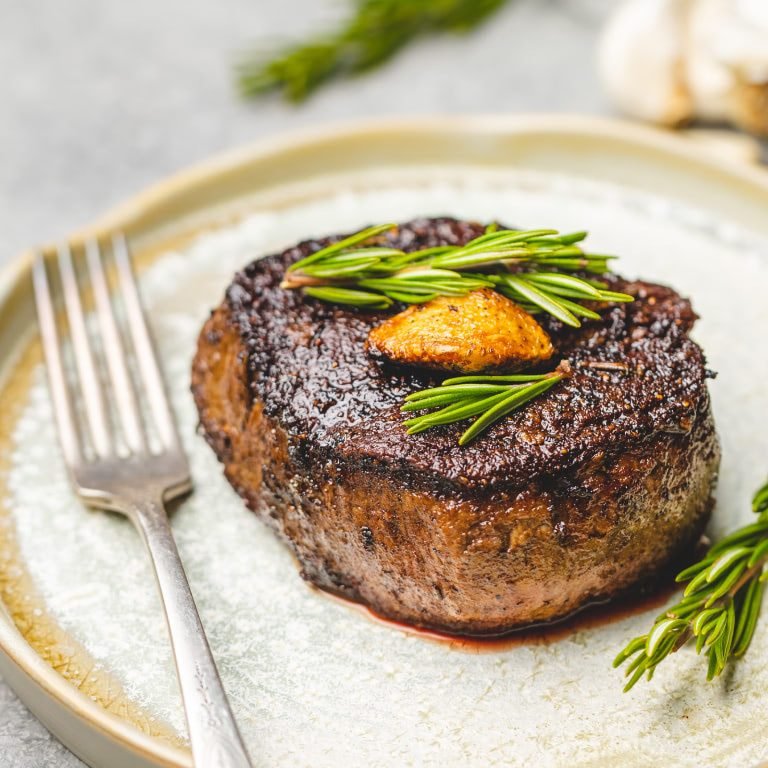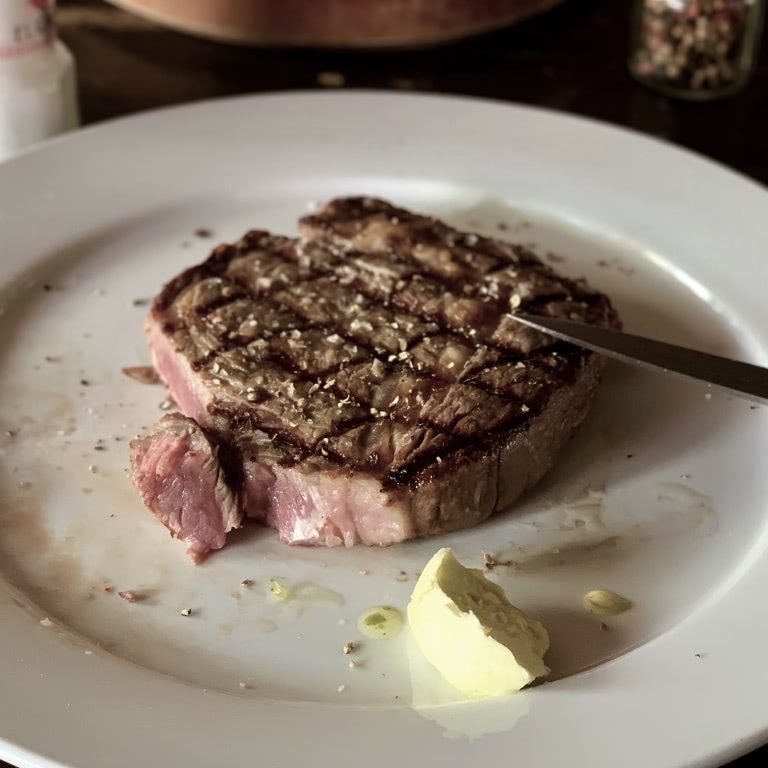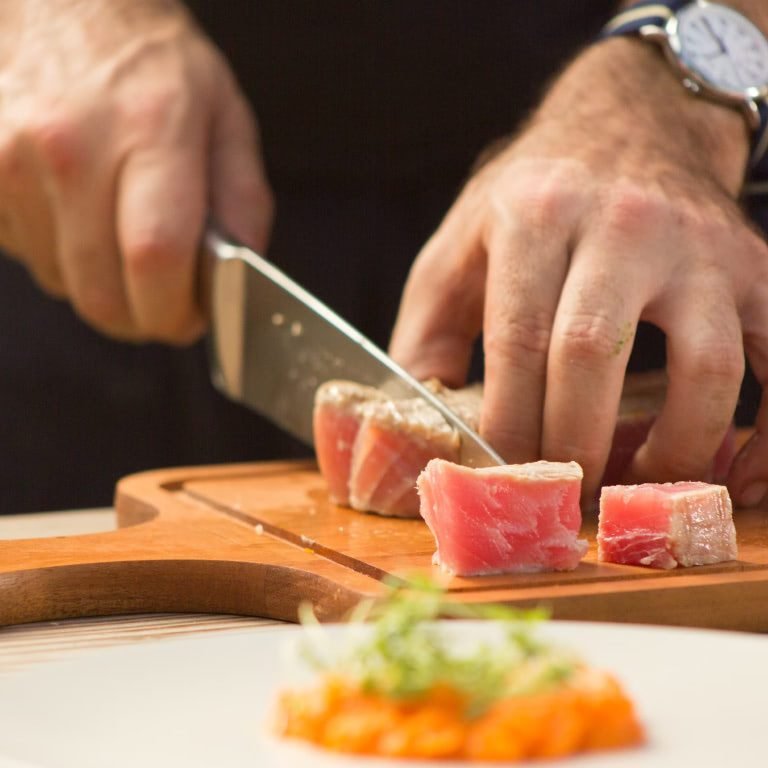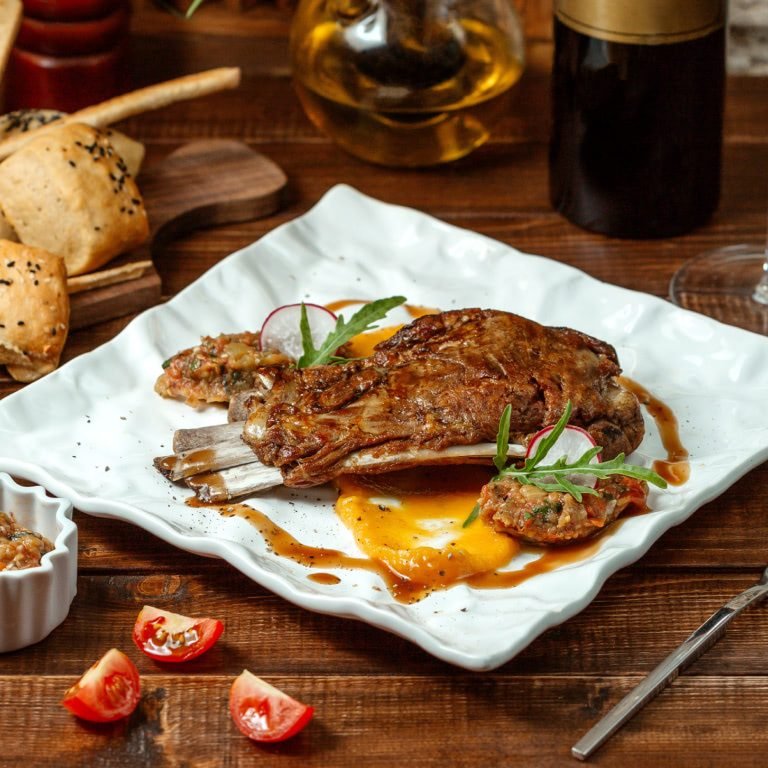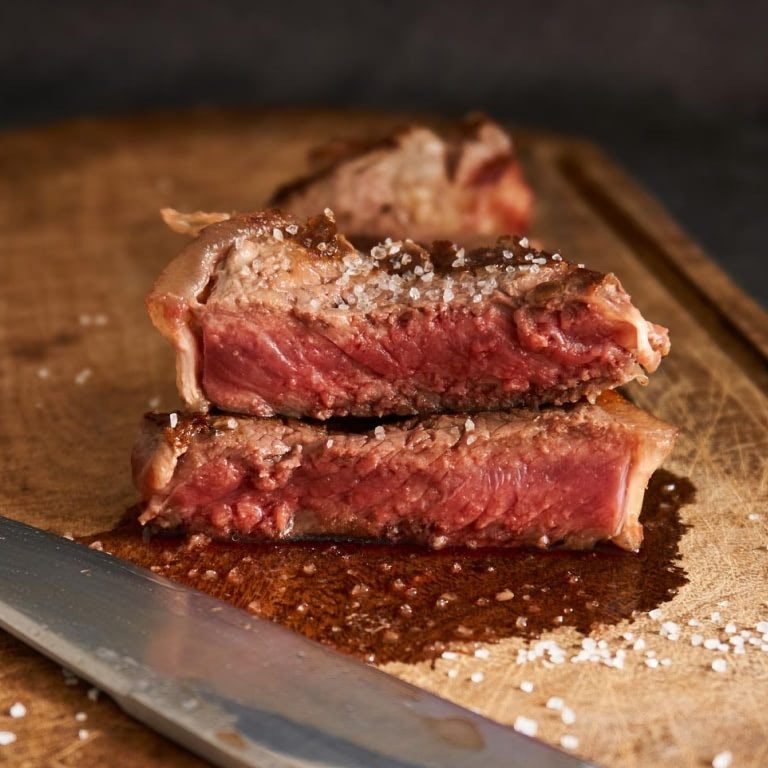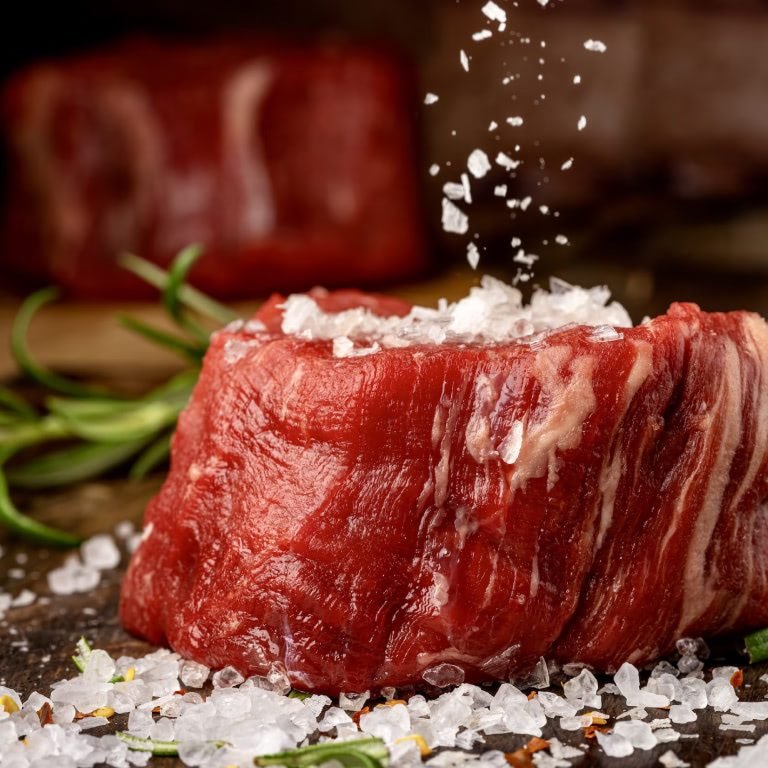Creating an Engaging Website for Your Restaurant
Having a well-designed and user-friendly website is essential for any restaurant in today’s digital age. A website serves as a virtual front door for your business, allowing potential customers to learn more about your restaurant, explore your menu, and make reservations. In this blog post, we will discuss the key elements to consider when creating a website for your restaurant.
1. Eye-Catching Design
The first impression is crucial, so it’s important to have a visually appealing design for your restaurant website. Choose a color scheme that aligns with your brand and creates a welcoming atmosphere. Use high-quality images of your restaurant, dishes, and ambiance to entice visitors and make them hungry for more.
Ensure that your website is easy to navigate, with a clear menu structure and intuitive user interface. Visitors should be able to find the information they need quickly and effortlessly. Consider including a search bar to make it even easier for users to find specific dishes or information.
2. Mouth-Watering Menu
Your menu is the heart and soul of your restaurant, so make sure it takes center stage on your website. Organize your menu into logical categories and provide detailed descriptions for each dish. Consider including mouth-watering photos of your most popular dishes to tempt visitors.
Make it easy for visitors to download or print your menu by providing a PDF version. This way, they can take it with them or share it with friends and family.
3. Online Reservations
Offering online reservations is a must for any modern restaurant website. Integrate a user-friendly reservation system that allows customers to book a table directly from your website. Provide clear instructions and make the process as simple as possible.
Consider offering incentives for online reservations, such as special discounts or complimentary drinks. This encourages visitors to book through your website rather than calling or using third-party platforms.
4. Mobile-Friendly Experience
With the increasing use of smartphones, it’s crucial to ensure that your restaurant website is mobile-friendly. Optimize your website for mobile devices, ensuring that it loads quickly and displays properly on different screen sizes. A responsive design will provide a seamless user experience, regardless of the device used.
Make sure that your phone number, address, and hours of operation are prominently displayed and easily accessible on mobile devices. This allows potential customers to find your restaurant and make reservations on the go.
5. Customer Reviews and Testimonials
Showcasing positive customer reviews and testimonials on your website can help build trust and credibility. Include a dedicated section where visitors can read and leave reviews. Consider integrating popular review platforms like Yelp or TripAdvisor to display authentic and unbiased reviews.
Responding to reviews, both positive and negative, shows that you value customer feedback and are committed to providing excellent service. This can help attract new customers and retain existing ones.
Remember, your restaurant website is an extension of your brand. It should reflect the unique personality and atmosphere of your establishment. By following these key elements, you can create an engaging and informative website that entices visitors to dine at your restaurant.


